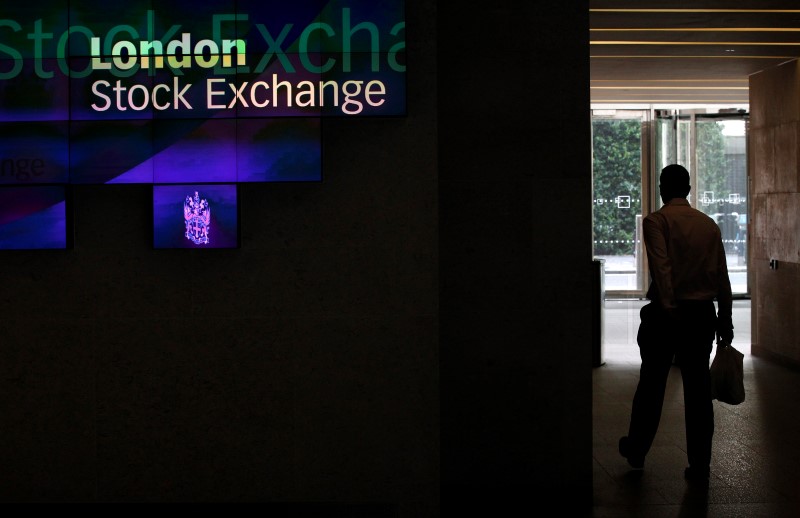Proactive Investors - The FTSE 100 is anticipated to get off to a strong start on Tuesday after softer than expected official job numbers.
London's blue-chip equity benchmark is seen rising just over 70 points on spread-betting platforms, having scraped a positive result the previous day, up 9.49 points at the close to reach 7,669.23.
The UK unemployment rate unexpectedly rose to 3.9% in the three months to January, according to new figures from the Office for National Statistics, from 3.8% before, where economists had expected it to remain.
Average weekly earnings in the period were up 5.6% on the same period a year ago, down more than expected from the 5.8% a month ago, with the consensus forecast pointing to 5.7%.
Excluding bonuses, pay was up 6.1%, down from 6.2% as expected.
Employment levels in the three month period were down 21,000 on the preceding three months, while forecasts had expected a small increase.
More timely figures from February showed the job claimant count rate remained at 4.0%, with a 16,800 increase in jobless claims and payrolled employees up 20,000 on the prior month, compared to a consensus forecast of 25,000.
⚠️ Softer-than-expected UK jobs report in line with some of the alt labor market data (pay growth missed, weak jobs growth, higher u/e & jobless claims). But key is there's pipeline wage disinflation coming with PAYE data showing weaker Feb pay growth + falling vacancies $GBP pic.twitter.com/YgYQzYUtEe— Viraj Patel (@VPatelFX) March 12, 2024
ONS director of economic statistics Liz McKeown said: “Recent trends in the jobs market are continuing with earnings, in cash terms, growing more slowly than recently but, thanks to lower inflation, real terms pay continues to increase."
She noted that the number of job vacancies has also been falling for coming up to two years, though the total remains more than 100,000 above its pre-pandemic level.
“Over the last year, there was little change in the proportions of people who are employed, unemployed or neither working nor looking for work, though the overall number of people in work is still rising.”
